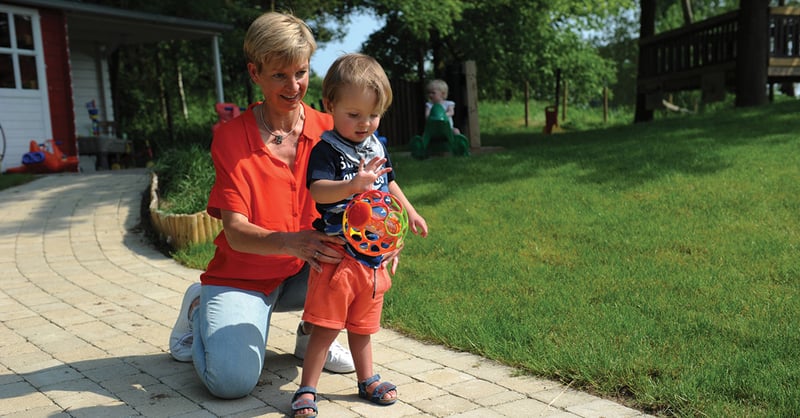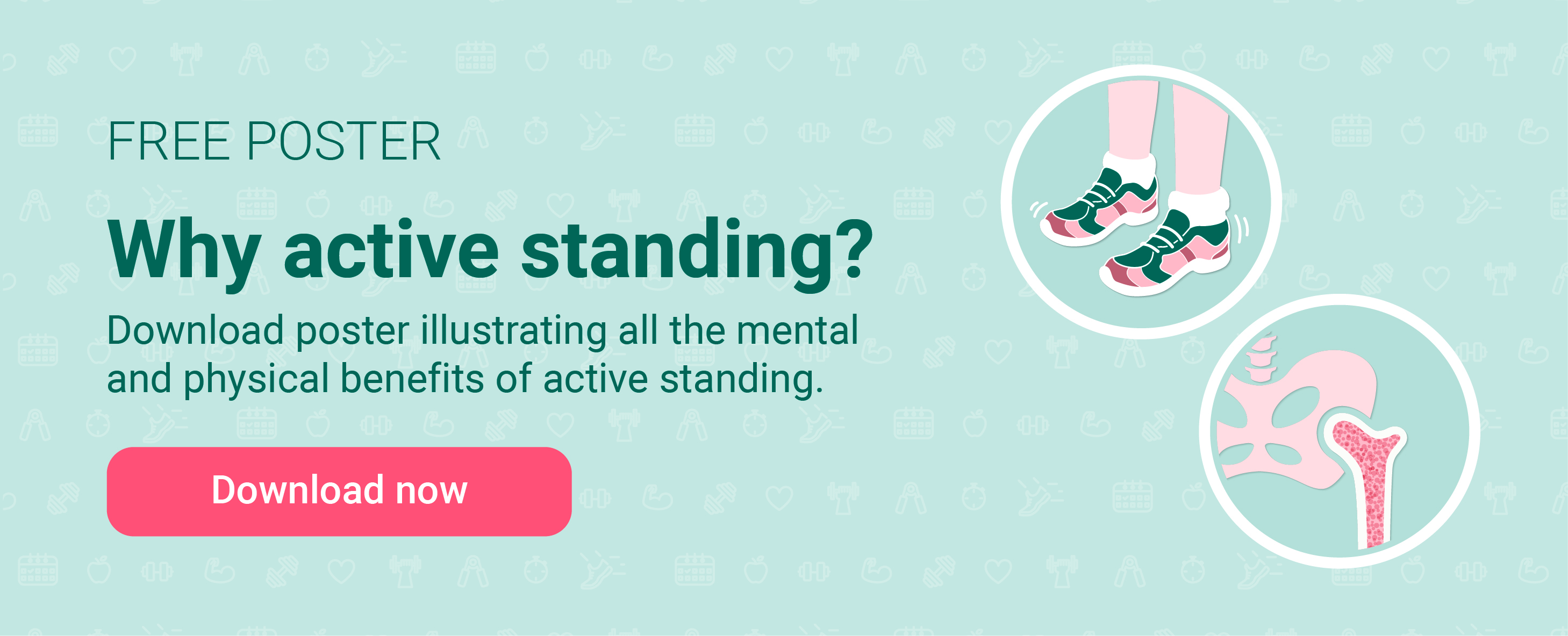Ria Cuppers: “Restricting Therapy to the Clinic Only Is Not Enough”


We sat down with Belgian physiotherapist Ria Cuppers to discuss some of her thoughts on standing and walking therapy for children with disabilities.

Ria is one of the inventors of the Hibbot, a new and innovative walking aid for children with physical disabilities. As a part of Made for Movement acquiring the company behind the Hibbot, Medical Robots, we’ve talked to Ria about her work, assistive devices and why ongoing therapy outside the clinic is so important for children with disabilities.
Made for Movement: Can you tell us a little bit about your background?
Ria: I’ve been working as a pediatric physiotherapist in my own practice for 34 years. I mostly work with children with cerebral palsy (CP), but also treat children with other disorders, such as neuromuscular diseases, genetic syndromes, spina bifida and acquired brain injuries.
MfM: How do you approach your work as a physiotherapist?
Ria: I’ve found that therapy time in the clinic is restricted and absolutely not enough. For that reason, instruction and supervision of the parents and caregivers about positioning, handling, use of devices and the activity and participation level of the child is very important.
I’m also very dedicated to continuous education because of the complexity of pediatric rehabilitation.
READ MORE: Four useful websites for pediatric physiotherapists
MfM: What type of training is commonly provided when a child with a disability is learning to stand and walk?
Ria: Firstly, the child must learn to keep postural control in standing position. Most of the children who learn to walk need manual support at the level of the pelvis as pelvic stability is a big challenge. Also, learning to maintain postural control while transferring weight from one foot to the other is a good preparation for walking. I work on facilitating these types of movements giving hands-on support at the level of the pelvis while the child is standing and walking.
That being said, moving is not only about having strong or developed muscles – you have to control them and activate the right muscles at the right time in activity, which is something these children also need to learn.
READ MORE: Standing aids versus Walking aids
MfM: At what age would you consider a walking device for a child?
Ria: I would facilitate self-initiated movement as soon as possible. Evidence-based research shows that the plasticity of the brain is higher when the child is young, so starting early is an advantage.
However, finding the right walking device can be hard, because every child is different and has their unique needs and challenges. It’s important to avoid devices that lead to an overuse of the arms to gain balance, like some walkers out there. Being active and mobile is great, but we have also to keep in mind that weight-bearing and activation of the antigravity muscles is very important as well.
MfM: What do you in particular miss inside and outside therapy to support walking for these children?
Ria: Evidence-based research shows that intensity, time and specificity of training is important. Children need to work on this regularly, but also need to be motivated in order to keep going; they need to be involved in their own environment. So, restricting this work to the clinic only is most likely not enough. It needs to happen regularly outside the clinic as well, at kindergarten, school and of course at home.
MfM: Is this where the walking devices come in to save the day?
Ria: Devices can help, but choosing one that covers needs within body structure and function as well as activity and participation, is a great challenge. Ideally, a device should be light and manoeuvrable, easily transportable, good looking and easy for the child to get in and out of. In addition, there must be a balanced support for assistance and challenge during the learning phase. So, I don’t think there is such a thing as the ideal or perfect walking device at the moment, covering all needs. That’s why managing the use of different devices during daily activities is so important.

The author worked as Head of Marketing for Made for Movement for 7 years before she pursued other adventures in her own company. Trine Roald has over 20 years of international experience within a variety of industries. As Head of Marketing for Made for Movement she was passionate about communicating stories and know-how featuring possibilities for improving the quality of life among people with severe disabilities.
The Innowalk Pro full-body movement trainer has been in daily use at the SRH Fachkrankenhaus Neresheim since June 2022. Learn all...
The studyincludedchildrenwith cerebral palsy GMFCS IV and V showedthatseveral hormonal and inflammatorybiomarkersaredysregulated in...
Children with physical disabilities who are unable to stand and move independently spend a lot of time in a sedentary position, and...
Hear from us from time to time and learn new things
